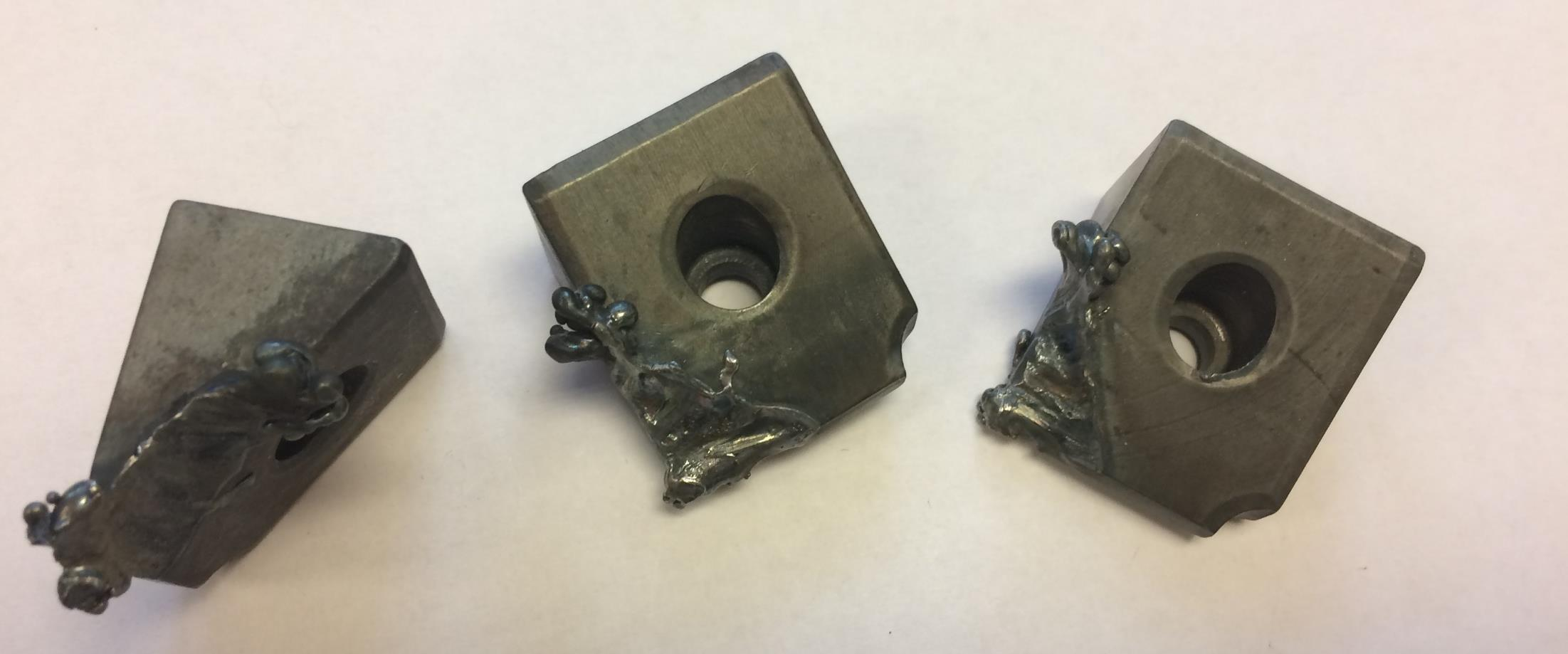
About 25% of disruptions on Alcator C-Mod were UFO disruptions, a type of disruption triggered by the injection of a macroscopic chunk of a high-Z metal. Because radiation due to electron-ion collisions depends on \(Z^{2}\), a flake of high-Z metal like tungsten or molybdenum in the plasma core can cause a radiative collapse, in which output plasma power due to radiation is greater than input plasma power, leading to a rapid loss of plasma thermal energy, called the thermal quench, followed by a rapid loss of plasma current, called the current quench. UFO disruptions pose a significant challenge to commercial fusion because the time between the injection and the current quench is on the order of a few milliseconds, which is too quick to prevent or even mitigate the disruption.
On Alcator C-Mod, UFO disruptions were triggered by injections of molybdenum from the first wall and divertor. The overheated tiles triggered fast injections that on timescales of 5-10 milliseconds caused unpreventable disruptions. SPARC’s first wall and divertor will be tungsten, a high-Z metal similar to molybdenum. While some tokamaks with high-Z metal walls rarely observe UFO disruptions, UFO disruptions still pose a relative threat to SPARC due to its expected similarity to Alcator C-Mod.
Prediction of UFO events based on hot spots may still be possible during specific operational regimes: there exists experimental evidence – on machines like WEST – that sputtered tungsten atoms are redeposited into loose layers, which are later reinjected into the plasma core as macroscopic chunks. The formation of these loose layers could be a crucial precursor to UFO disruptions. Timescales of UFOs due to redeposited layers need to be investigated to assess viability for any usable warning, due to the potential short duration of the event. However, algorithms focused on the detection of UFO events may aid visual and infrared camera operators, and provide a database upon which correlations can be explored. It is expected that while some UFO events will be obvious to human operators, others might go undetected. Providing algorithms to reduce the number of undetected events may improve our understanding of how and when problematic areas form, like redeposited layers, and what plasma operation liberates these deposits. Machine learning will be leveraged to expose correlations and to provide risk assessment of future UFOs not based only on hot spots, but also based on the operating regime and hysteresis effects like the build up of deposits.
This project will focus on data available from machines like WEST and/or W7-X to start developing relevant computational algorithms. The final goal is to adapt such solutions for SPARC’s operations once SPARC data become available.
The UFO team is led by graduate student Henry Wietfeldt, with the close collaboration of Ryan Sweeney (CFS). Henry’s supervisors are Dr. Robert Granetz and Dr. Cristina Rea.